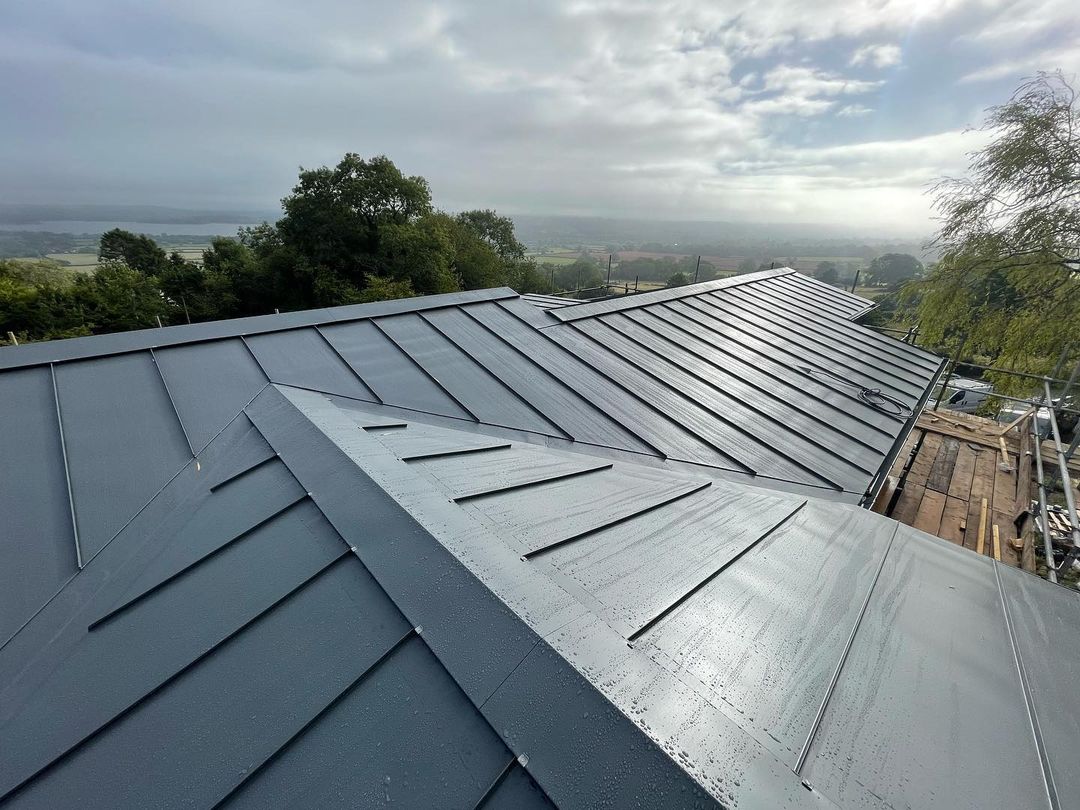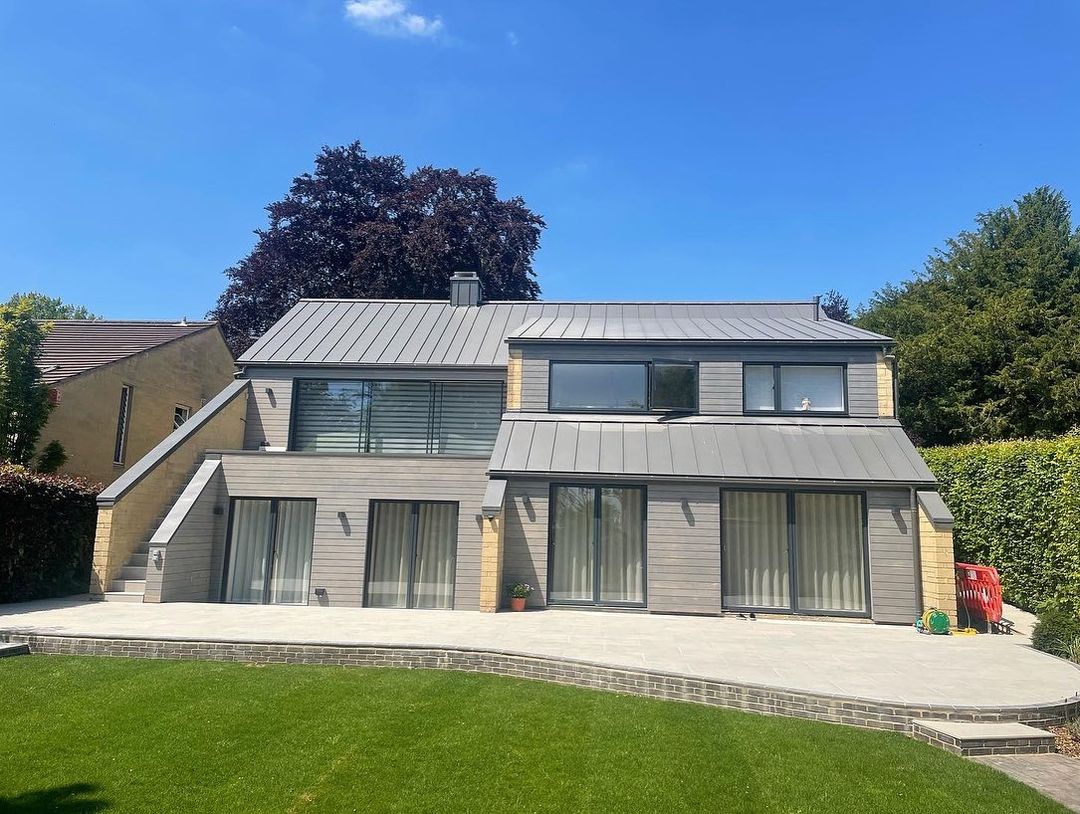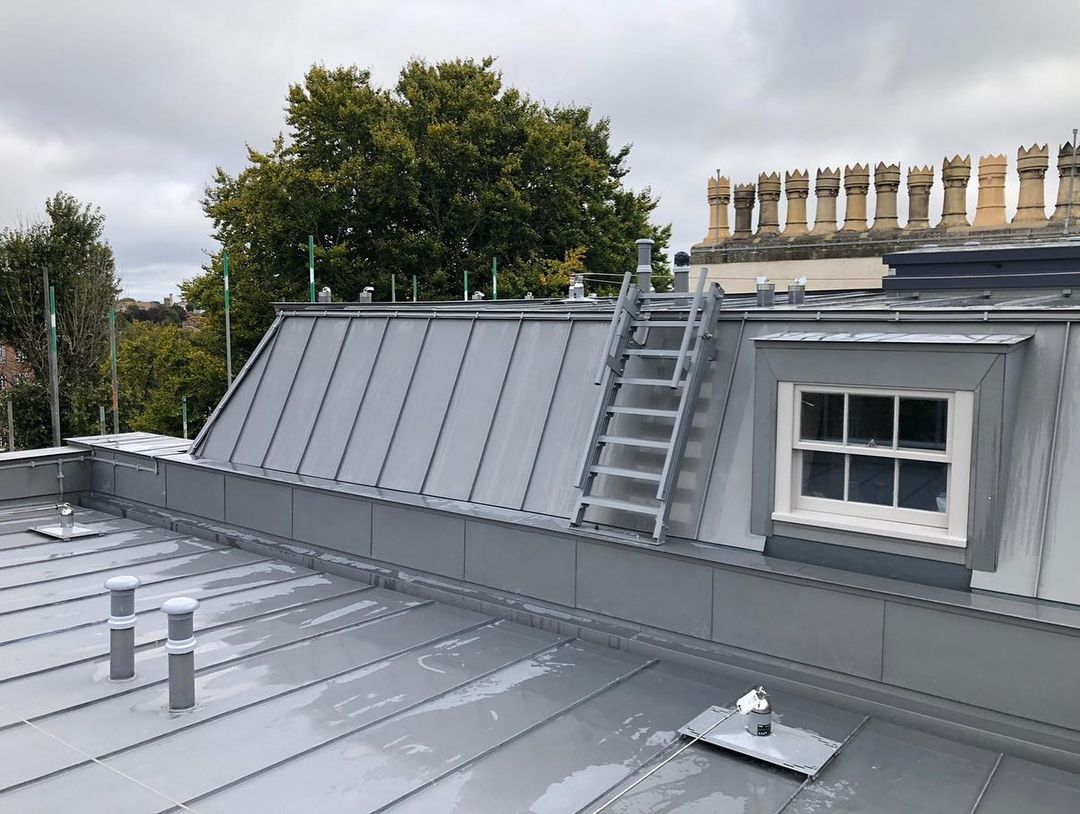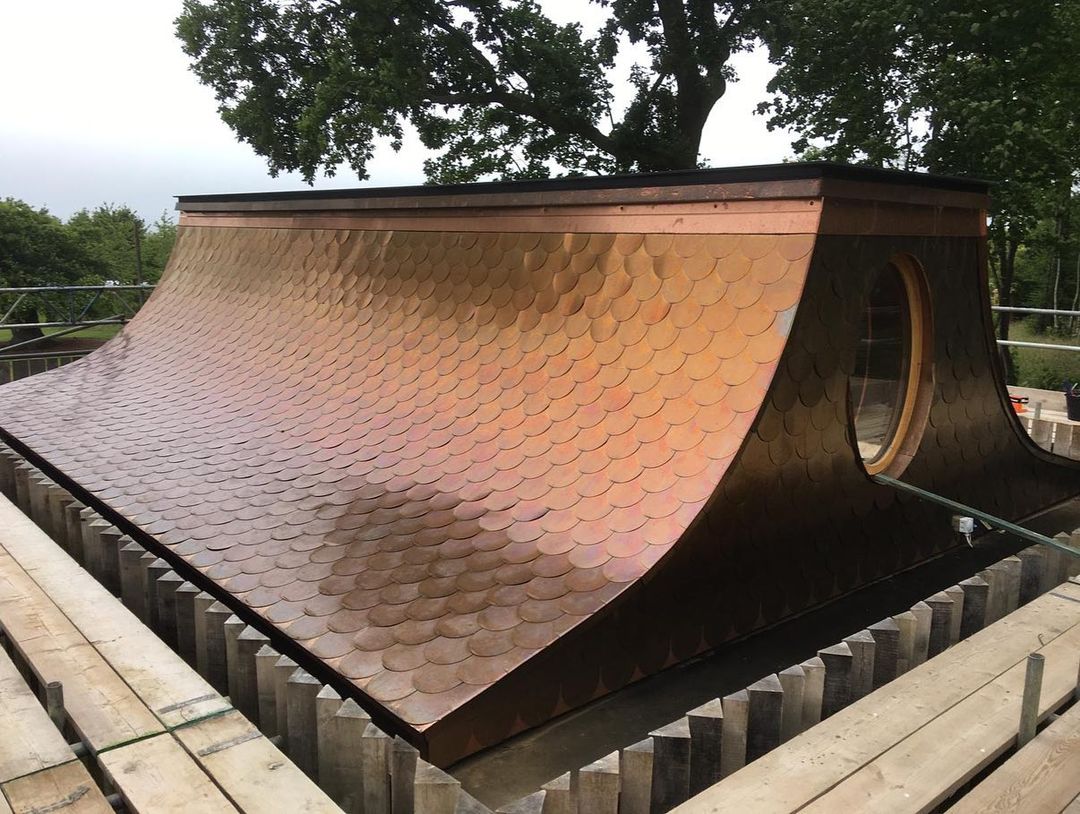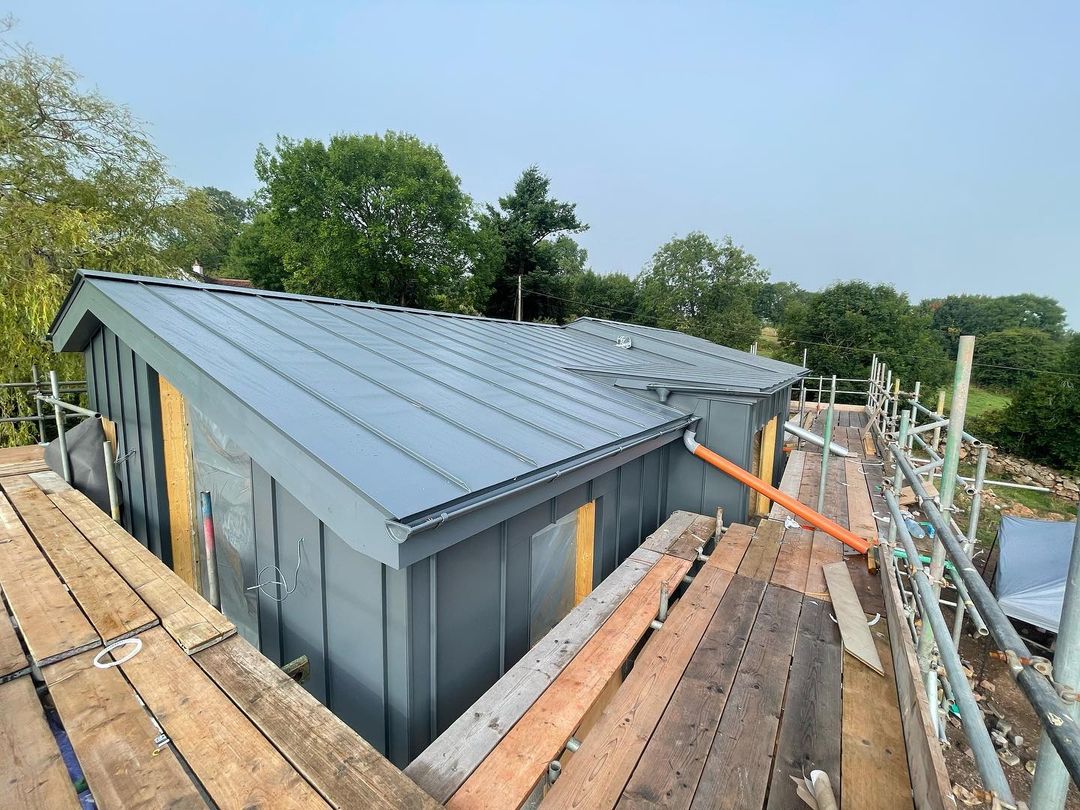In the intricate world of construction and architecture, the expertise of cladding specialists stands as a vital cornerstone in ensuring not only the structural integrity of buildings but also their aesthetic appeal. This article delves into the pivotal role that cladding specialists play, examining their skills, responsibilities, and the significant impact they have on the success of diverse construction projects.
The Expertise of Cladding Specialists:
Cladding specialists are professionals with a specialized focus on the design, installation, and maintenance of building cladding systems. These experts possess a deep understanding of various cladding materials, construction techniques, and architectural principles, making them indispensable contributors to the creation of visually appealing and resilient structures.
Key Responsibilities of Cladding Specialists:
- Material Selection and Expertise: Cladding specialists are well-versed in the diverse range of cladding materials available, including metal, wood, vinyl, and composite materials. Their expertise allows them to recommend materials based on factors such as climate, architectural style, and the client’s preferences.
- Design Collaboration: Collaborating with architects and designers, cladding specialists play a crucial role in the conceptualization and design of the building envelope. They ensure that the chosen cladding aligns seamlessly with the overall design vision while meeting functional and aesthetic requirements.
- Installation Proficiency: The installation of cladding is a delicate process that requires precision and skill. Cladding specialists are trained to execute flawless installations, ensuring that the cladding not only enhances the building’s appearance but also provides optimal protection against weather elements.
- Project Management: Cladding specialists are often involved in project management aspects, overseeing the cladding installation process from start to finish. They coordinate with other construction professionals, manage timelines, and ensure that the cladding work aligns with the broader construction schedule.
- Quality Assurance: Ensuring the quality and durability of the cladding is a paramount responsibility of cladding specialists. Through rigorous inspections and adherence to industry standards, they guarantee that the installed cladding meets or exceeds performance expectations.
The Significance of Cladding Specialists in Construction:
- Architectural Enhancement: Cladding specialists contribute significantly to the visual appeal of a building. Their expertise allows for the selection of cladding materials and designs that enhance the architectural aesthetics, creating a lasting impression on both residents and passersby.
- Weather Resistance and Durability: The role of cladding specialists in selecting and installing weather-resistant cladding materials cannot be overstated. This diligence ensures that buildings are protected against moisture, wind, and temperature fluctuations, thereby extending the lifespan of the structure.
- Energy Efficiency: In collaboration with other professionals, cladding specialists contribute to the energy efficiency of buildings. By selecting and installing cladding with proper insulation properties, they aid in maintaining comfortable indoor temperatures and reducing energy consumption.
- Specialized Solutions: Every construction project is unique, and cladding specialists excel in providing tailored solutions. Whether it’s a residential home, a commercial building, or an industrial facility, these experts adapt their skills to meet the specific requirements of each project.
Conclusion: Elevating Construction Excellence with Cladding Specialists
In the intricate dance of construction, cladding specialists emerge as unsung heroes, seamlessly blending aesthetics with functionality. Their expertise in material selection, design collaboration, and meticulous installation ensures that the building envelope not only stands as a testament to architectural excellence but also remains resilient in the face of diverse environmental challenges. As construction practices evolve, the role of cladding specialists continues to be pivotal in shaping the buildings that define our urban landscapes, marking them with a touch of sophistication and durability.
